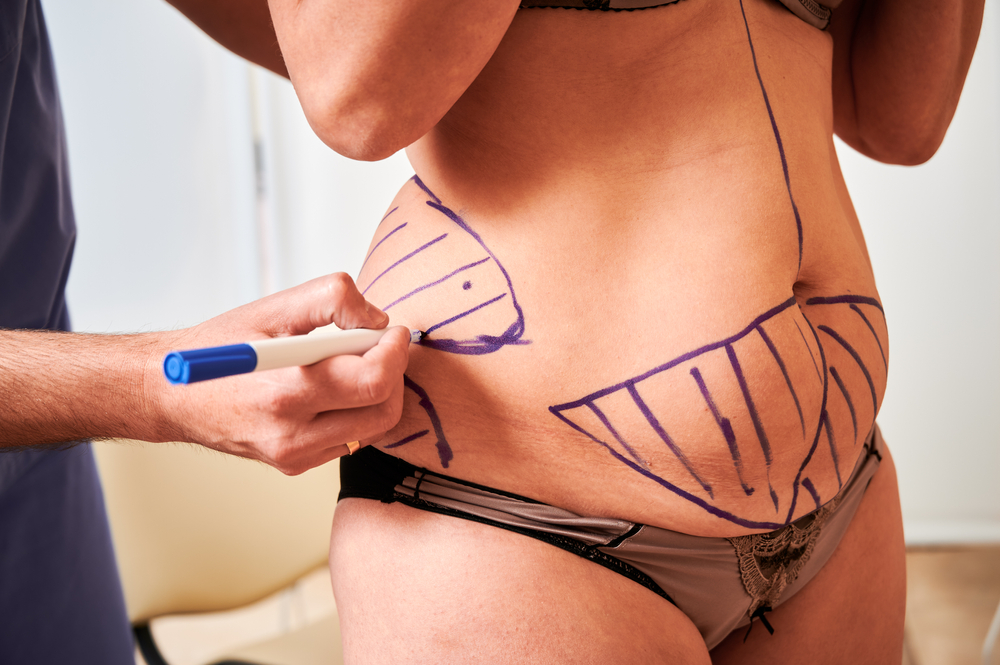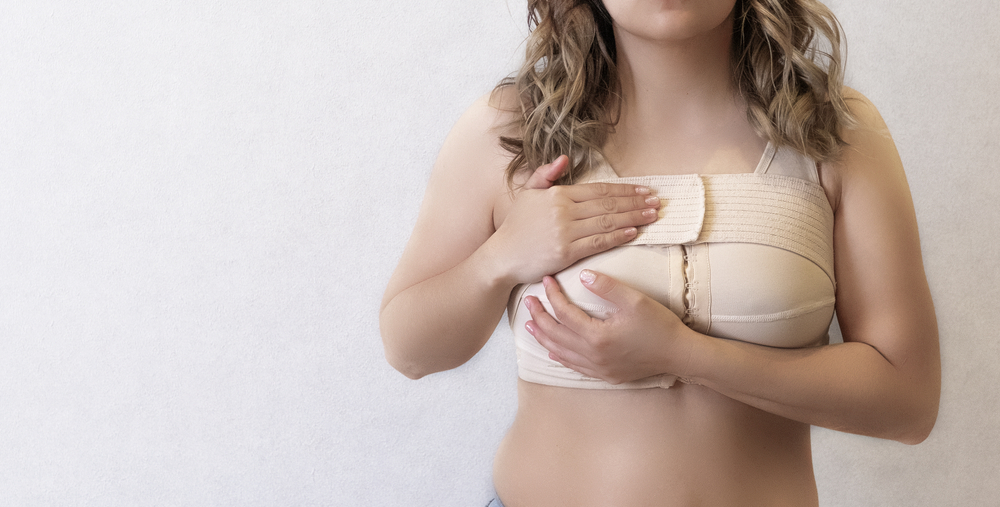
No matter how you came to the decision to have your breasts augmented, it’s the first of many choices you’ll make before the procedure is complete. Though the process may seem overwhelming, Dr. Gear and the team at Providence Plastic Surgery are your partners through the process. They’ll help you manage your expectations and make the best decisions for your situation to ensure you’re happy with your result.
Table of Contents
ToggleFactors affecting your breast augmentation
There are five major factors to consider with any breast augmentation. Each of these needs to be considered carefully, on their own and in combination with the other factors. The results you desire from your augmentation impacts each of these factors. Sometimes, it makes a decision easy, while other times you may need to balance factors for the best outcome. Let’s look at each factor.
Breast size
The size of your breasts after augmentation is perhaps the most important factor, since it’s the key outcome of augmentation. Some women want an appearance that’s larger than their natural breasts, but still in proportion with the rest of their bodies, while others prefer a size that offers an enhanced hourglass profile. The size you choose can affect the type of implant and surgical technique used, making this decision perhaps the most influential on your procedure.
Breast shape
Implants typically have two shape options. Round implants add volume and have the benefit of maintaining shape, even if the implant itself shifts. A round implant doesn’t remain a sphere, but adapts to your anatomy to take on a natural shape. Contoured breast implants originated for breast reconstruction after mastectomy, but these also prove useful for some cases of breast augmentation.
Incision type
There are four approaches to the incisions needed to augment your breasts. The two most common are called inframammary (under the breast) and periareolar (around the areola, usually the lower half). Less common are the transaxillary approach through the armpit, and the transumbilical method, which uses an incision near your belly button. These two methods use saline implants, the bladders of which are placed before they are filled.
Implant type
Saline and silicone are the most traditional types of breast implants, each with its own pros and cons. The “gummy bear” silicone implant is a newer type of silicone implant that uses a form-stable silicone gel that won’t leak in case of a rupture. This type of silicone implant is generally contoured to mimic breast shape. Fat graft augmentation relocates fat via liposuction from other parts of your body and uses it to augment the natural tissue of your breasts.
Implant texture
Implants come with either a smooth or textured outer surface. The textured surface permits less movement of the implant once it’s in place, which can be important for contoured shapes. Smooth implants have a higher risk of displacement after surgery, but also have a slightly lower rupture rate. The thicker shell of textured implants typically creates a firmer feeling result.
When you’re ready to get started with planning for your breast augmentation, contact Providence Plastic Surgery today by phone or using the online booking tool to arrange your consultation.










